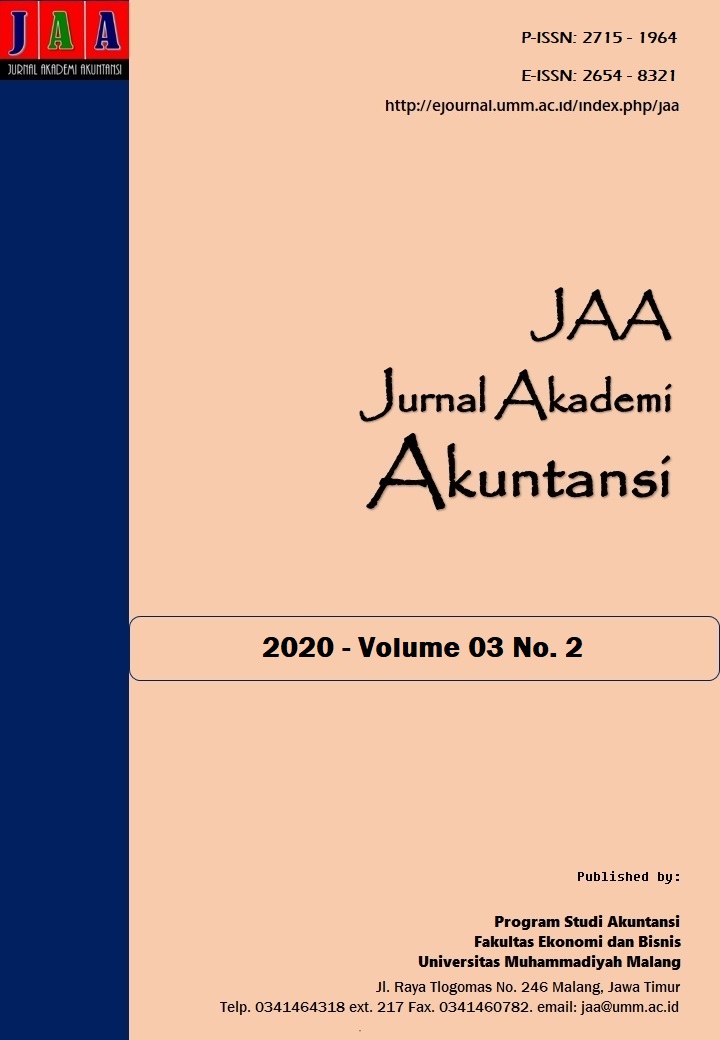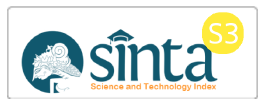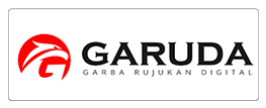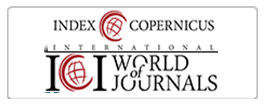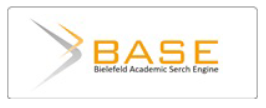ANALISIS PENGGUNAAN MYOB ACCOUNTING SOFTWARE PADA MAHASISWA AKUNTANSI DENGAN PENDEKATAN TECHNOLOGY ACCEPTANCE MODEL
DOI:
https://doi.org/10.22219/jaa.v3i2.13223Keywords:
MYOB Accounting, Accounting Student Behavior, TAMAbstract
This study aims to analyze the effect of perceived usage, perceived ease of use and attitudes on the behavior interest of accounting students in using the MYOB Accounting application with the Technology Acceptance Model approach developed by Davis (1989). Data collection was carried out through a survey with a questionnaire to accounting students at Manado State Polytechnic. Analysis of research data using Partial Least Square (PLS). The results showed that when students felt the benefits and convenience of using the MYOB Accounting application for the process of preparing financial reports, it made them have the attitude to accept the use of the application. Furthermore, the perceived benefits of using the application and the positive attitude of students towards the use of MYOB Accounting affect their intention to use the application. On the other hand, the findings of this study do not prove the effect of ease of use of applications on the intention to use MYOB Accounting as a means of making financial reports.
Downloads
References
Bedard, C. J., C. Jackson, M. L. Ettredge, dan K. M. Johnstone. 2003. The Effect of Training on Auditors’ Acceptance of an Electronic Work System. International Journal of Accounting Information Systems 4: 227-250.
Chang, C. S., S. Y. Chen dan Y. T. Lan. 2012. Motivating medical information system performance by system quality, service quality, and job satisfaction for evidence-based practice. BMC Medical informatics and decision making 12: 135-147.
Chang, I. C., Y. C. Li, W. F. Hung, dan H. G, Hwang. 2005. An Empirical Study on the Impact of Quality Antecedents on Tax Payers’ Acceptance of Internet Tax-Filing Systems. Government Information Quarterly 22: 389–410.
Chen, I. Y. L., N. S. Chen, dan Kinshuk. 2009. Examining the Factors Influencing Participants’ Knowledge Sharing Behavior in Virtual Learning Communities. Educational Technology & Society 12(1): 134– 148.
Davis, F. D. 1989. Perceived Usefulness, Perceived Ease of Use, and User Acceptance of Information Technology. MIS Quarterly 13(3): 319-340.
Davis, F. D., R. P. Bagozzi, dan P. R. Warshaw. 1989. User Acceptance of Computer Technology: A Comparison of Two Theoretical Models, Management Science 35(8): 982‐1003.
Darmaningtyas, I, G, B., dan K, A, Suadarna. Pengaruh Technology Acceptance Model (TAM) dalam Penggunaan Software Oleh Auditor yang Berimplikasi Pada Kinerja Auditor. E-Jurnal Akuntansi Universitas Udayana 21(3): 2448-2478.
Dwitasari, M. dan Z. Baridwan. 2014. Faktor Determinan Minat Individu Menggunakan M-Commerce: Technology Acceptance Model yang Dimodifikasi. Jurnal Ilmiah Mahasiswa Fakultas Ekonomi dan Bisnis Universitas Brawijaya 2(1): 1-16.
Fathinah, F. K. dan Z. Baridwan. 2013. Determinat Minat Individu Dan Pengaruhnya Terhadap Perilaku Penggunaan Sistem Informasi Berbasis Teknologi Di Bank Syariah. Jurnal Ilmiah Mahasiswa Fakultas Ekonomi dan Bisnis Universitas Brawijaya 1(1): 1-21.
Firdaus, O. M. 2013. Efektivitas Penggunaan Smart Phone Dalam Kota Bandung Menggunakan Technology Accep-tance Model (TAM). Seminar Nasional IENACO : 316–22.
Hartono, J. dan W. Abdillah. 2009. Konsep dan Aplikasi PLS (Partial Least Square) Untuk Penelitian Empiris. Andi. Yogyakata.
Indriantoro, N. dan B. Supomo. 2013. Metodologi Penelitian Bisnis Untuk Akuntansi dan Manajemen. BPFE. Yogyakarta.
Kartika, S. E. 2009. Analisis Proses Penerimaan Sistem Informasi iCons Dengan Menggunakan Technology Acceptance Model Pada Karyawan PT.Bank Negara Indonesia (Persero) tbk. di Kota Semarang, Tesis, Program Studi Magister Akuntansi, Program Pascasarjana Universitas Diponegoro, Semarang.
Lu, T. C., S,-Y. Huang, dan P,-Y. Lo. 2010. An Empirical Study of Online Tax Filling Acceptance Model: Integrating TAM and TPB. African Journal Of Business Management 4(5): 800-810.
Neill, W. D. dan J. E. Richard. 2012. Intranet Portals: Marketing and Managing Individuals’ Acceptance and Use. Australasian Marketing Journal 20: 147–157.
Sekaran, U. 2006. Metodologi penelitian untuk bisnis. Salemba. Jakarta.
Sekaran, U. dan R. Bougie. 2010. Research Methods For Business: a Skill Building Approach. Fifth Edition. USA: John Wiley and Sons, Ltd.
Sriwidharmanely. dan V. Syafrudin. 2012. An Empirical Study of Accounting Software Acceptance Among Bengkulu City Students. Asian Journal Of Accounting And Governance 3: 99–112.
Sugiyono. 2013. Metode Penelitian Kombinasi (Mixed Methods). Cetakan Keempat. Alfabeta. Bandung.
Triantoro, A. 2018. Mahir Komputerisasi Akuntansi dengan Myob Accounting V.23. ANDI. Yogyakarta.
Wang, Y.-S. 2002. The Adoption Of Electronic Tax Filing Systems: An Empirical Study. Government Information Quarterly 20: 333–352.
Windarta, I. W. D. C. 2011. Determinan Minat Keperilakuan Untuk Menggunakan Sistem Informasi Akuntansi Berbasis Teknologi Informasi, Tesis, Program Magister Akuntansi, Pascasarjana Fakultas Ekonomi dan Bisnis Universitas Brawijaya.
Wiyono, A. S. 2008. Evaluasi Perilaku Penerimaan Wajib Pajak Terhadap Penggunaan E-Filing Sebagai Sarana Pelaporan Pajak Secara Online dan Realtime. Jurnal Riset Akuntansi Indonesia 11(2): 117-132.
Yilmaz, E. dan G. Ozer. 2008. Information Technology Usage of Accountants. First International Conference on Management and Economics : 318-334.
Downloads
Published
Issue
Section
License
Copyright (c) 2020 Andreuw Kristian Pantow; Barno Sungkowo; Esrie A. N. Limpeleh; Antonius A. Tandi

This work is licensed under a Creative Commons Attribution-NonCommercial-ShareAlike 4.0 International License.
Jurnal Akademi Akuntansi is licensed under a Creative Commons Attribution-NonCommercial-ShareAlike 4.0 International License.
Authors who publish with this journal agree to the following terms:
- Authors retain copyright and grant the journal right of first publication with the work simultaneously licensed under a Creative Commons Attribution-NonCommercial-ShareAlike 4.0 International License that allows others to share the work with an acknowledgment of the work's authorship and initial publication in this journal.
- Authors are able to enter into separate, additional contractual arrangements for the non-exclusive distribution of the journal's published version of the work (e.g., post it to an institutional repository or publish it in a book), with an acknowledgment of its initial publication in this journal.
- Authors are permitted and encouraged to post their work online (e.g., in institutional repositories or on their website) prior to and during the submission process, as it can lead to productive exchanges, as well as earlier and greater citation of published work (See The Effect of Open Access).
Jurnal Akademi Akuntansi dilisensikan di bawah lisensi Creative Commons Attribution-NonCommercial-ShareAlike 4.0 International.
Penulis yang menerbitkan artikel di jurnal ini menyetujui ketentuan berikut:
- Penulis mempertahankan hak cipta dan memberikan hak jurnal atas publikasi pertama dengan karya yang secara serentak dilisensikan di bawah Lisensi Pengaitan Creative Commons yang memungkinkan orang lain untuk berbagi karya dengan pengakuan atas karya penulis dan publikasi awal dalam jurnal ini.
- Penulis dapat masuk ke dalam pengaturan kontrak tambahan yang terpisah untuk distribusi non-eksklusif versi karya jurnal yang diterbitkan (misalnya, mempostingnya ke repositori institusional atau mempublikasikannya dalam sebuah buku), dengan pengakuan publikasi awalnya di jurnal ini.
- Penulis diizinkan dan didorong untuk memposting pekerjaan mereka secara online (misalnya, di repositori institusional atau di situs web mereka) sebelum dan selama proses pengajuan, karena dapat mengarah pada pertukaran produktif, serta kutipan pekerjaan sebelumnya dan yang lebih besar (Lihat Pengaruh Akses Terbuka).

